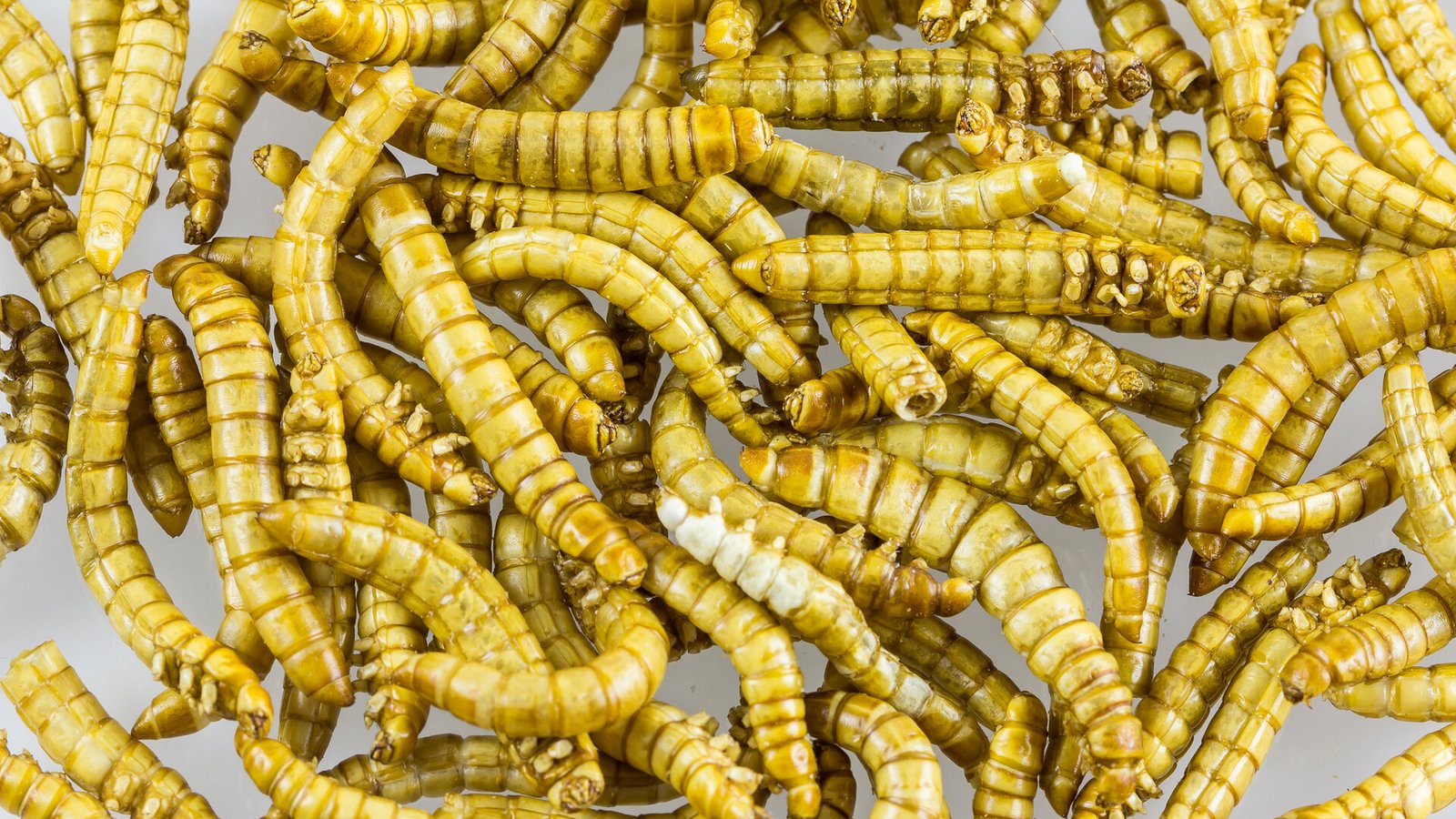07/11/2025
2311 Scene
38 like it
Long before humans reached orbit, insects had already shown that they could handle the rigors of space flight. Lightweight, highly adaptable and packed with nutrition, these resilient animals offer an attractive option for European researchers studying reliable food sources for long-duration missions.
Eating insects is not unusual: billions of people do so every day. According to the Food and Agriculture Organization of the United Nations, humans consume more than 2000 species of insects across the planet.
Fruit fly habitat for space missions
The European Space Agency has now brought together a team of food, biology and space experts from across Europe to study whether insects could become part of an astronaut’s menu.
How well creepy crawlies do in space has been the subject of many experiments dating back to the 1940s.
While the consequences vary depending on the species, microgravity does not seem to disrupt their development or behavior in major ways.
“Insects cope quite well in the space environment. They have a good ability to withstand physical stress,” says Osa Berggren, a professor at the Swedish University of Agricultural Sciences and lead author of a study published in the journal Nature. Frontiers in Physiology,
“These small animals are also very good at converting materials into their own growth that we humans cannot eat and providing us with nutritious food,” Osa says.
The team found a clear ability in these tiny organisms to recycle nutrients and produce proteins in a sustainable way. But before insects could make it onto the space menu, European researchers first wanted to understand how microgravity affects key biological processes like life cycles, physiology and reproduction.
Bug Orbital Hotel
The fruit fly was the first animal to reach space and survive the journey, in 1947. This simple insect traveled on a V-2 rocket to study the effects of radiation on living organisms.
fruit flies for space research
Since then, fruit flies have become a standard model for physiology, behavior, and evolutionary research in space. They managed to complete their entire life cycle in microgravity, from fertilization to adult insects capable of producing offspring.
Many others have followed: bumblebees, houseflies, caterpillars and ants. Ants showed a remarkable ability to stick to surfaces, while species like stick insects struggled with movement, radiation, and reproduction.
tardigrade
In a surprising endurance test, water bears – small invertebrates known to survive in extreme conditions – endured exposure to outer space during ESA’s ‘Tardigrades in Space’ experiment in 2007.
Understanding the mechanisms by which organisms survive in space could open new doors in biology.
Delicious space bites with legs
On Earth, insects are valued for both taste and nutrition, gaining visibility in Europe as part of more sustainable food systems. The most popular methods of cooking and seasoning them result in crickets tasting like nuts with a smoky flavor, while mealworms resemble bacon and ants have a lemony flavor.
Roasted edible insects in a street market
Worms and other insects are an excellent source of high protein, fatty acids, iron, zinc and B vitamins, with values often equal to or greater than those of meat, fish and legumes.
For space research, the house cricket and the yellow mealworm are among the most commonly used invertebrates. Both species were authorized by the European Food Safety Authority for sale and human consumption in 2023.
ESA astronaut Samantha Cristoforetti arrives at the ISS with her lunch
Cricket flour is a source of protein that is commonly used to make bread, pasta and crackers.
ESA astronaut Samantha Cristoforetti also packed a blueberry cereal bar with cricket flour for her space mission in 2022.
Not on the menu – yet
The big picture of space’s impact on insects is still incomplete. Most of the data available is old – many of the experiments were conducted between 1960 and 2000 – and scattered across different missions.
edible insects for food
The duration of the experiments is another limitation. Many studies on parabolic flights lasted only a few minutes, and even long periods of stay in space did not exceed 50 days, which was less than the complete life cycle of an insect.
Researchers now want to test species that can complete each step while in orbit. To this end, ESA and its partners are currently designing new experiments on the effects of microgravity on insects.
